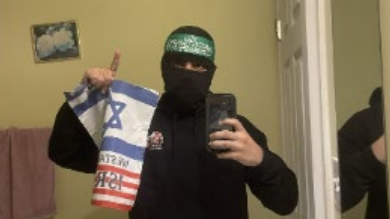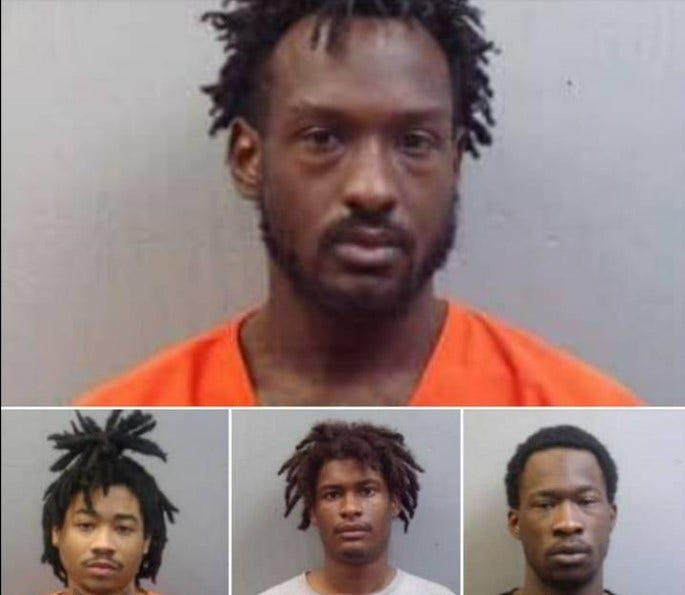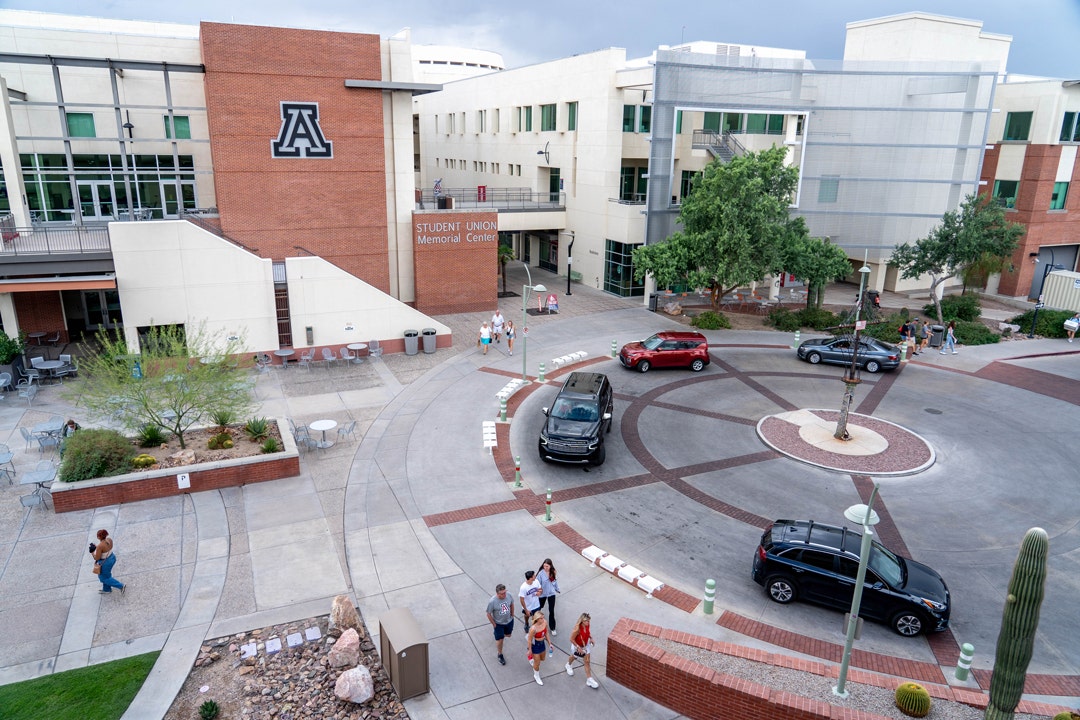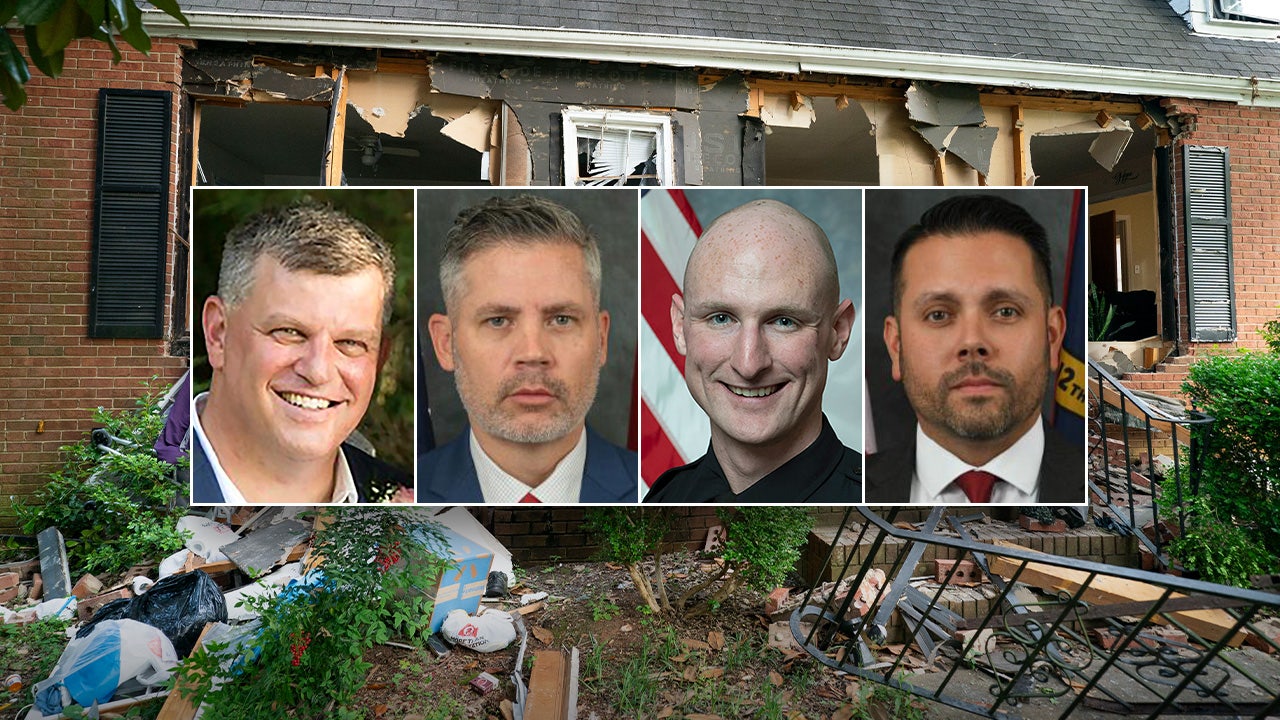The Rev. James M. Lawson Jr., a civil rights strategist for the Rev. Dr. Martin Luther King Jr. who taught protesters the painful techniques of nonviolence and confronted racial injustice in America for five decades, died on Sunday en route to a hospital in Los Angeles. He was 95 and lived in Los Angeles.
The cause was cardiac arrest, his son Morris Lawson 3rd said.
Armed with Mahatma Gandhi’s principles of civil disobedience, which he studied as a missionary in India, Mr. Lawson, a Methodist minister whose great-grandfather escaped slavery, joined Dr. King’s Southern Christian Leadership Conference in 1958 as a teacher and organizer. Along with Ralph Abernathy, James L. Farmer Jr., Roy Wilkins and Bayard Rustin, he became one of the chief architects of the 1960s civil rights struggle as it spread through the South.
Dr. King called Mr. Lawson America’s leading theorist on nonviolence. But he was also a traveling troubleshooter in a land of night riders, where African Americans were beaten, shot, arrested and lynched. He led workshops on nonviolence for protesters, sit-ins at segregated lunch counters, picket lines and boycotts at stores that catered only to white customers, and Black voter-registration drives. He was dragged off to jail many times.
Through the turbulent 1960s, the strategy of nonviolence divided African Americans and their allies. Many called it a sign of weakness — futile against entrenched segregation, the brutalities of the Ku Klux Klan and the legal and psychological weapons of Jim Crow. They favored more aggressive, confrontational tactics.
But Mr. Lawson believed segregation could best be fought by shocking the nation’s conscience with passive acceptance of the fist and the nightstick.
“It is only when the hostility comes to the surface that the people see the character of our nation,” he said. “Chances are that without people being hurt, we cannot solve the problem.”
Mr. Lawson’s seminars were not for the frail. Volunteers were told what to expect — beatings in the street, strippings and floggings in jail, broken jaws. They engaged in vivid role playing to learn how to respond. For a sit-in at a lunch counter, they were told, sit up straight, be courteous and don’t strike back. And afterward: Know the roads out of town, the location of sanctuaries and the telephone numbers to call, if calls were possible.
In 1960, Mr. Lawson was expelled from Vanderbilt University’s graduate divinity school for leading sit-ins at Nashville lunch counters. The expulsion led to wide protests, including faculty resignations, and tarnished Vanderbilt’s reputation for years. Decades later, school officials apologized, invited him back as a visiting professor and honored him for his civil rights work.
In 1961, Mr. Lawson helped coordinate the Freedom Riders, who traveled through the South sustaining mob beatings and arrests to break down racial barriers on intercity buses and trains. He rode the last bus from Montgomery, Ala., to Jackson, Miss., and testified in defense of 27 riders charged with refusing a police order to leave the white waiting room of a Jackson bus terminal. All were jailed for months.
In early 1968, Mr. Lawson was chief strategist for the Memphis sanitation workers’ strike, a confrontation in which Black workers, in daily marches, were beaten by the police and jeered by white crowds. As garbage and violence mounted, civil rights leaders, most prominently Dr. King, converged in Memphis at Mr. Lawson’s behest. It was during the strike that Dr. King was killed by a sniper at his motel on April 4.
That night, as outbreaks of violence in response to the assassination spread across the country, Mr. Lawson appealed for calm. Defying a court order, he later led a march that Dr. King was to lead. The strike, lasting 65 days, was settled two weeks later.
(Like Dr. King’s family and others, Mr. Lawson never accepted a government investigation’s finding that James Earl Ray was the lone assassin. Mr. Ray admitted to the killing, recanted, pleaded guilty to avoid a death-penalty trial and was sentenced to 99 years in prison. Mr. Lawson performed Mr. Ray’s prison marriage ceremony in 1978, and attended a memorial service after he died in 1998.)
James Morris Lawson Jr. was born in Uniontown, Pa., on Sept. 22, 1928, one of 10 children of the Rev. James and Philane May (Cover) Lawson. The surname had been adopted to honor a man who had helped his paternal great-grandfather escape to Canada from slavery in Maryland. James’s father, one of the first Black students to graduate from McGill University in Montreal, was an African Methodist Episcopal minister who settled in Massillon, Ohio, where James Jr. attended public schools. His mother was a seamstress.
Both parents were ardent foes of racial inequality, his mother as a pacifist, his father carrying a gun. When he was 10, James slapped a white boy who had uttered a racial slur. His mother reproached him, and he resolved never again to resort to violence.
Mr. Lawson enrolled in 1947 at Baldwin-Wallace College, a Methodist liberal arts school, in Berea, Ohio, and joined the Fellowship of Reconciliation and the Congress of Racial Equality, both of which subscribed to passive resistance. His beliefs were tested in 1951, when he was convicted of resisting the Korean War draft. He served 13 months of a three-year sentence.
After completing his bachelor’s degree at Baldwin-Wallace, Mr. Lawson went to India in 1953 and studied Gandhi’s nonviolent principles. In 1956, he enrolled at Oberlin College’s school of theology. He met Dr. King on campus and was persuaded to join his movement.
He moved to Nashville in 1958, entered Vanderbilt’s divinity school and joined the local affiliate of the S.C.L.C. For the next two years, he taught nonviolence and organized protests in Nashville and across the South. His students included John Lewis, the future Georgia congressman, and Marion Barry, who was later elected mayor of Washington.
In 1959, Mr. Lawson married Dorothy Wood, a graduate of Tennessee State University. They had three sons. In addition to their son Morris, he is survived by his wife; their son John; a brother, Phillip; and three grandchildren. Their other son, Seth, died in 2019.
In 1960, Mr. Lawson helped found the Student Nonviolent Coordinating Committee, which became a mainstay of the civil rights movement. After his expulsion from Vanderbilt, he enrolled at Boston University and earned a master’s degree in theology. He later became pastor of churches in Shelbyville, Tenn., and Memphis and director of education for Dr. King’s leadership conference.
In 1974, he moved to Los Angeles as pastor of the Holman United Methodist Church, a 2,700-member congregation that was his base for 25 years. He was president of the Los Angeles S.C.L.C. and led many other rights groups.
On a wider stage, he criticized gun laws, the international arms trade, America’s responses to poverty and its involvement in wars in El Salvador, the Persian Gulf and Iraq. He retired from the church in 1999, but remained an advocate for minority communities, immigrants, union members and lesbian and gay people.
In 2006, Mr. Lawson returned to Vanderbilt as a distinguished visiting professor. White-haired, always the provocateur, he looked out over a lecture hall of students who had never seen a man lynched and began with a question that seemed to bridge the years: “How many of you have experienced a hate crime against yourself? Let’s see the hands.”
Alex Traub contributed reporting.






